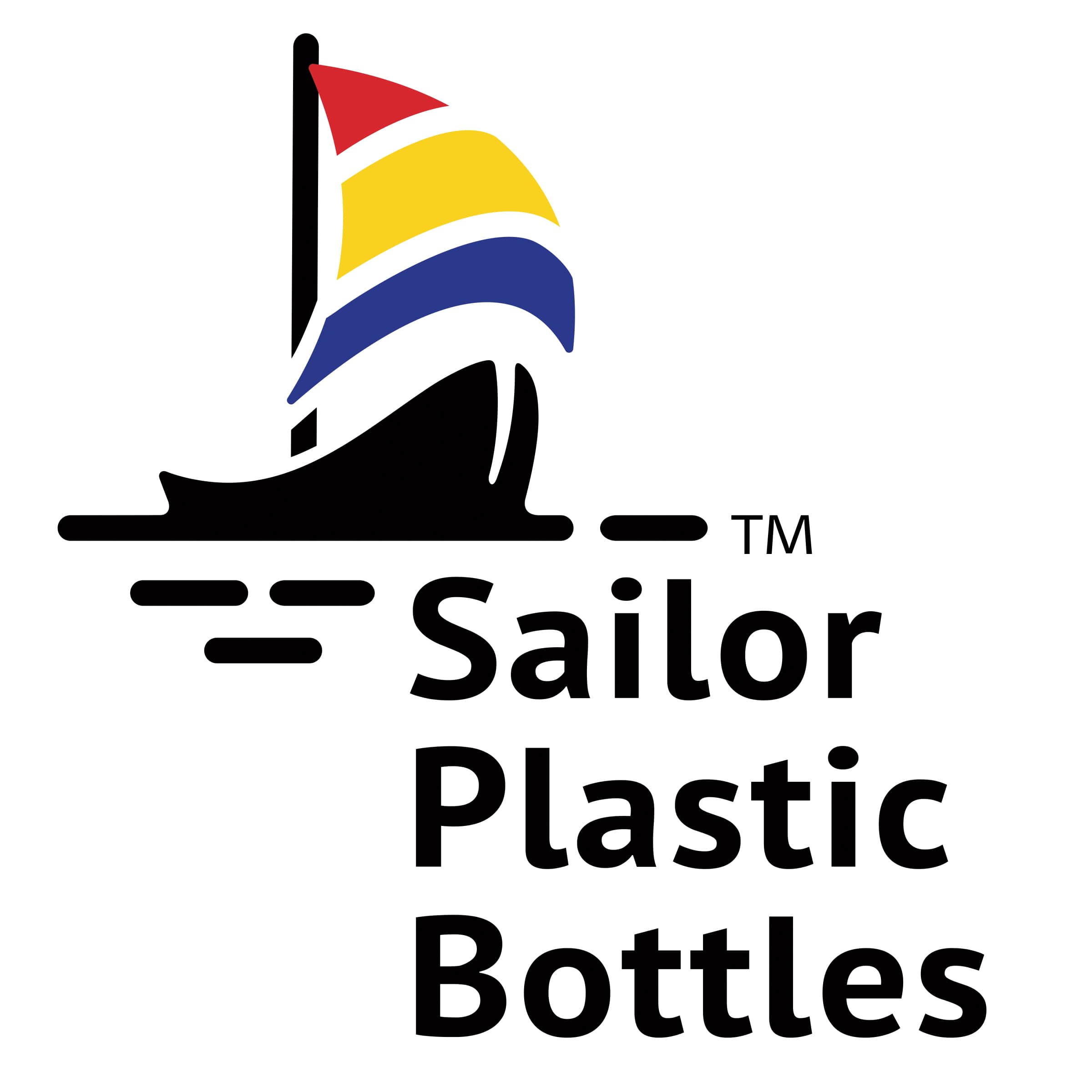How to Create a Label That Will Sell Your Juice
January 25, 2020 Laura Babcock
Okay, so you’re ready to open your new juice bar. You’ve thrown a ton of passion into this project and you want to get it right. You have your recipes and a killer business name, you've invested in some top-of-the-line juice equipment, you found your perfect brick and mortar space, hired awesome employees, and spent hours working with a designer to perfect your super cool logo. You even have an excited group of social media followers eager to buy your juice creations once you open. But, there's something missing.
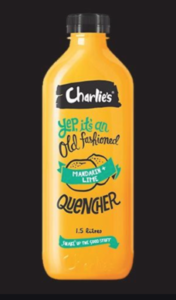
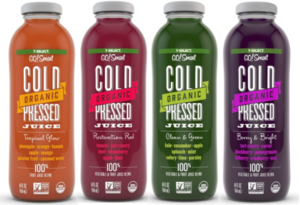
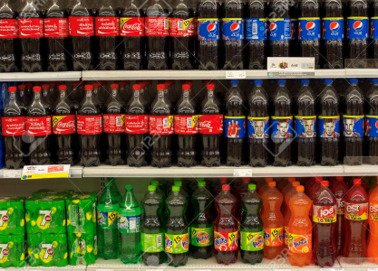
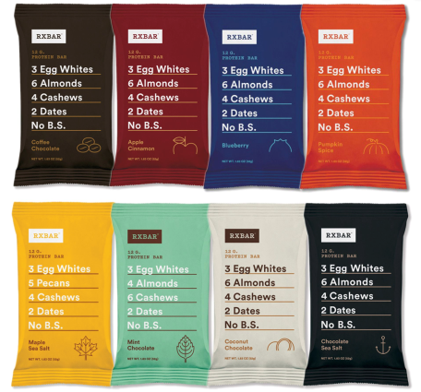

Have you thought of everything before opening your juice bar?
Yes, you thought through bottling your juice. You bought a stash of bottles and caps and figured out the best way to fill them. But what about the label? Are you really going to put an Avery paper label on your impressive bottles of juice? Nothing against Avery, they're great for shipping and other mailing labels. But don’t miss out on the opportunity to use your packaging as a marketing tool.Your bottles of juice are gorgeous and frankly, they deserve a better label.
You’ve put a bunch of resources – time and money – into creating your juice bar. The bottles and labels for your juice should reflect the work you've put into building your business and your brand. Just as your indoor signage and employees work together to create a sale, your bottle and label do the same – a team that complements and enhances each other to get customers not only buying your juice but feeling good about it after the sale.How do you design a good label?
1. Know your audience.
The first step is to understand who will buy your juice. This shouldn’t be a generalization of all your potential customers, but instead a detailed description of your ideal customer. Companies often create a customer persona to help them identify this person. Here’s a link to more info on customer personas.2. Identify your brand personality.
Once you know your audience, then it’s time to determine your brand personality. Lots of small businesses have the personality of their owner, but not all. You want the brand personality to be something that your ideal customer can relate to. Think of it this way, if your juice was a person at a party and you’re meeting them for the first time, what would your impression be? Is your juice (brand) fun and witty? Youthful and spirited? Anti-establishment and opinionated? Helpful and caring? Different fonts and colors convey different personalities.
Charlie’s Juice is an example of a label with personality – it’s fun and witty.
3. Identify the experience you want to convey.
How do you want your customers to feel when they’re holding a bottle of your juice, or when it’s sitting in their refrigerator? A bottle of 7-Eleven juice leaves a different impression than a bottle of your premium juice.
People will feel different holding a bottle of 7-Eleven juice compared to yours.
Related: 7-Eleven Making A Splash With USDA-certified Organic, Cold-Pressed Juices4. Get some label ideas.
Look around at other products and think about when you’re shopping. What catches your eye? What are things that excite you or turn you off? What are things about labeling that frustrate you?3 Things for a Good Label
Labels have a big job. They need to get your product seen by a customer, elicit an emotion, and be understood. In that order. 1) Be seen, 2) make the customer feel something, and 3) help the customer figure out what it is.5. Recognition, emotion, clarity.
Being seen is huge. If your product is on a shelf with a bunch of other products, studies show you have less than 5 seconds to grab their attention. The best way to do that is with contrast. Make sure your product doesn’t look like all the others. Studies show that 93% of people respond to a product visually, and according to Kissmetrics, 85% of people respond to color as a way to make a product visible. Use color wisely to help set you apart.
Bottles of red Coca-Cola are easy to see
Get your customer to feel something.
As consumers, we’re not a very logical bunch. According to Harvard professor Gerald Zaltman, 95% of our purchasing decisions are subconscious – in other words, emotional. Use your label to get your customer to feel something. Does your customer feel empowered when they’re choosing your bottle of juice? Are they making a decision to improve their health? That’s emotional. Don’t forget about the side or back of the bottle. Tell a bit of your story. Let your brand personality show, but not in an overly boisterous way. Just make sure it’s aligned with the brand personality.Your label needs to clearly tell them what it is.
We’ve all had the experience of picking up the wrong item at a grocery store and not realizing until we’re home that we bought the wrong flavor or variety. Like picking up smooth peanut butter when you really wanted crunchy, but the labels looked really similar and you were in a hurry. Then you’re mad at the brand for not making their labels more distinguishable. Don’t make that mistake with your juice. If you have several different blends of green juice, make sure the customer can easily tell them apart. Mentally put yourself in your customer’s shoes and then evaluate your label. And remember contrast and readability. Don’t put orange-colored type on a clear label for orange-colored juice. It will be impossible to see.Bonus tip: The name of your product (what your product is) should always be bigger than your brand name.

Each flavor of RXBAR is a different color – it’s easy to tell them apart.
6. Follow the law.
Good advice about labeling must include info about rules and regulations. But because they sometimes change, it’s best to check directly with the regulatory agencies. Here’s a link to the FDA’s website regarding food labeling. FYI, they recently changed the nutrition labeling guidelines which need to be complied with by January 1, 2021.7. Always test your design.
Create a mockup of your design, put it on a sample of the bottle you plan to use and pour your juice inside. Then do the 5-second test. Show people your bottle for 5 seconds and see if they can tell you what it is. Then make adjustments according to their feedback. It’s much better to test it before you go to print than realizing afterwards that there’s a problem with your label.Put the time and effort into your packaging to get it right.
Packaging and labels make a huge difference in how we think about the products we buy. Our buying decisions are emotional, and your label needs to connect with your customers on that level. Remember, think of your brand or even your bottle of juice as if it were a person you were meeting for the first time. Would you want to get to know them better? Would you want to hang out with them? In any business there are many pieces that come together to help sell your products. You need to make sure they’re all effective in selling your juice and that they project the image you want for your business. Put adequate time into planning and designing your label so you get it right the first time. And don’t underestimate the value of getting a professional to help. It could save you a bunch of time and money down the road. Laura Babcock is a marketing consultant and copywriter working for Sailor Plasic Bottles Inc.
